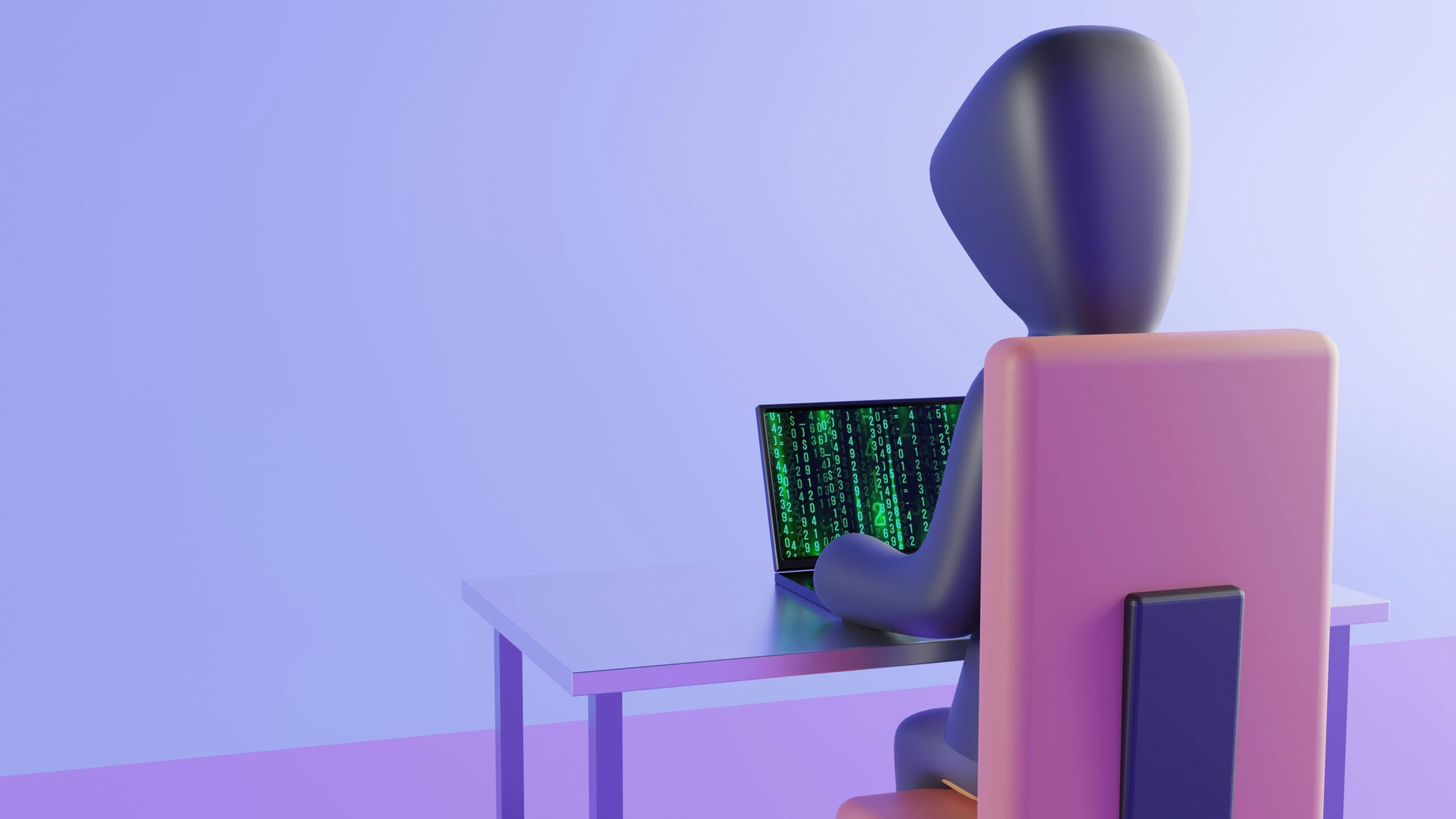Deepfake technology has become a growing concern in today’s digital age. With the ability to create highly realistic fake videos and images, deepfakes have the potential to deceive and manipulate individuals, leading to serious consequences. As the threat of deepfakes continues to rise, the need for effective solutions becomes increasingly important. One such solution that holds promise is the use of Verifiable Credentials.
Understanding Deepfakes
Deepfakes are synthetic media that use artificial intelligence (AI) to manipulate or replace existing content, often creating convincing but false representations. These manipulated videos or images can make it appear as though someone said or did something they never actually did. Deepfakes have the potential to cause harm by spreading misinformation, damaging reputations, or even inciting violence.
The Role of Verifiable Credentials
Verifiable Credentials are a technology that aims to provide a solution to the challenges posed by deepfakes. They are a digital representation of information or attributes that can be securely and reliably shared between parties. Verifiable Credentials are designed to be tamper-proof, ensuring that the information they contain cannot be manipulated or altered.
By using Verifiable Credentials, individuals and organizations can establish trust and verify the authenticity of information. This technology enables the creation of a decentralized and trustworthy system for identity verification and data sharing. It allows users to have control over their own data and decide who can access it.
How Verifiable Credentials Address Deepfake Challenges
Verifiable Credentials address deepfake challenges in several ways:
1. Authenticity Verification:
Verifiable Credentials provide a mechanism to verify the authenticity of digital content. By attaching a Verifiable Credential to a piece of media, such as a video or image, it becomes possible to determine whether it has been tampered with or manipulated. This verification process can help detect deepfakes and prevent their spread.
2. Trustworthy Source Attribution:
Verifiable Credentials enable the attribution of digital content to its original source. By including a Verifiable Credential that proves the identity and credibility of the creator, it becomes easier to determine the trustworthiness of the content. This attribution can help in identifying deepfakes and holding responsible parties accountable.
3. Secure Data Sharing:
Verifiable Credentials provide a secure and reliable way to share data. By using cryptographic techniques, Verifiable Credentials ensure that the information remains confidential and tamper-proof during transmission. This level of security prevents unauthorized access and manipulation of data, reducing the risk of deepfake creation and distribution.
4. Decentralized Verification:
Verifiable Credentials operate on a decentralized infrastructure, reducing the reliance on centralized authorities for verification. This decentralized approach enhances the trustworthiness of the verification process, as it is not dependent on a single entity. By distributing the verification process, the risk of deepfake manipulation or censorship is minimized.
The Future of Verifiable Credentials
While Verifiable Credentials offer promising solutions to deepfake challenges, their adoption and implementation are still in the early stages. As the technology continues to evolve, it is expected that Verifiable Credentials will become more widely used and integrated into various industries.
With the increasing threat of deepfakes, the importance of robust solutions cannot be overstated. Verifiable Credentials provide a means to address the challenges posed by deepfakes by ensuring authenticity verification, trustworthy source attribution, secure data sharing, and decentralized verification.
As individuals and organizations become more aware of the risks associated with deepfakes, the demand for technologies like Verifiable Credentials is likely to grow. By embracing these solutions, we can mitigate the impact of deepfakes and foster a safer digital environment.




